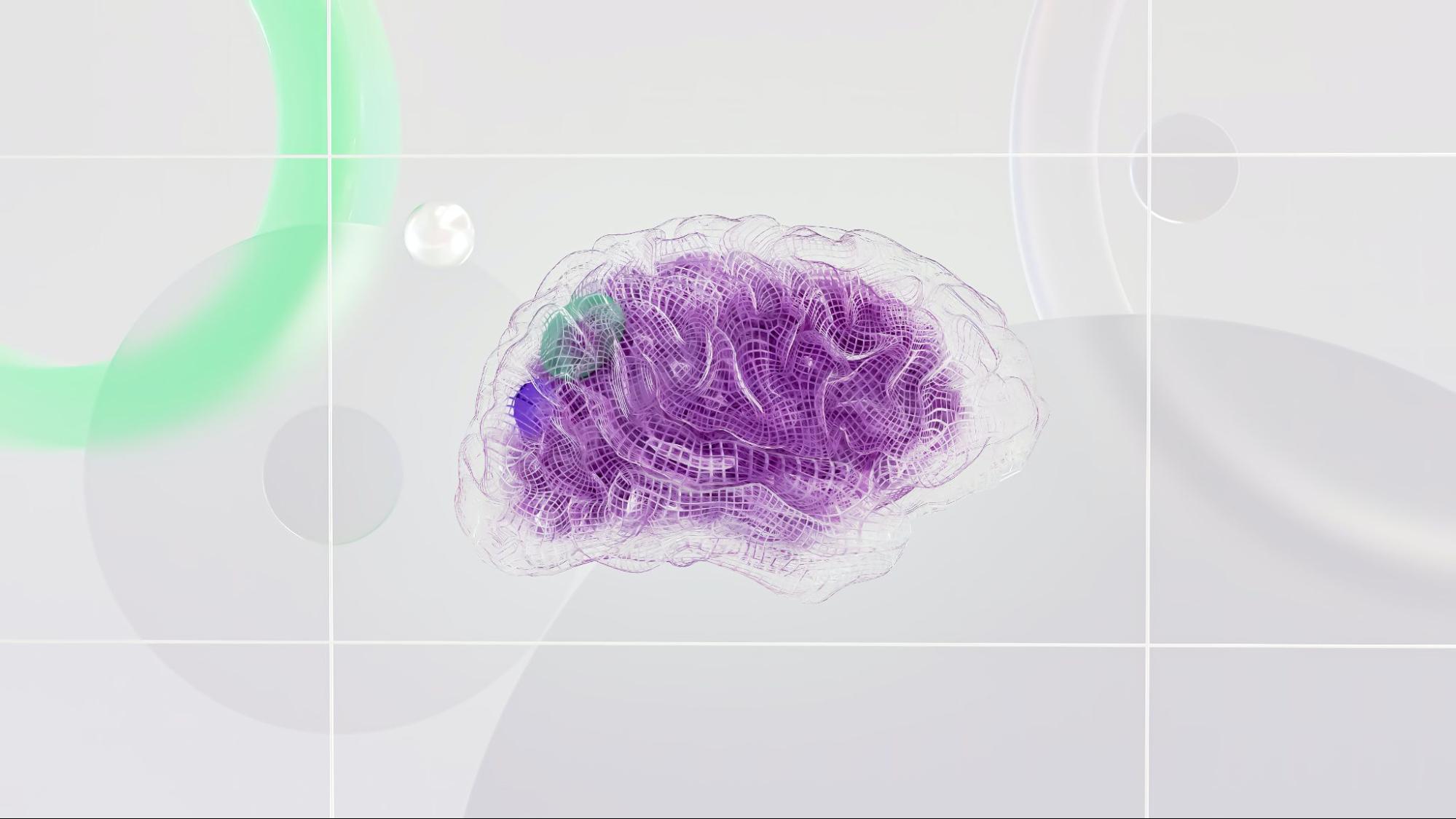Label The Different Long Term Memory Systems
Have you ever wondered how our brains retain information for extended periods? In this article, I’ll take you on a journey through the world of long term memory systems. From episodic memory to semantic memory, I’ll explain the various labels used to categorize our memories. By the end, you’ll have a deeper understanding of how these systems contribute to our overall memory function.
Types of Long Term Memory Systems
Explicit Memory
Explicit memory, also known as declarative memory, is the type of memory that allows us to consciously recall specific facts and events. It involves the conscious effort to retrieve information from our long-term memory. This includes memories of people, places, objects, and events that we can easily verbalize or describe.
Explicit memory can be further divided into two subcategories: episodic memory and semantic memory.
Episodic Memory
Episodic memory refers to our ability to remember specific events and experiences that have happened to us in the past. It allows us to recall details such as when and where an event took place, as well as the emotions and sensations associated with it. For example, remembering your last vacation or a family gathering.
Semantic Memory
Semantic memory, on the other hand, involves the storage of general knowledge and concepts that are not tied to specific events or personal experiences. It includes facts, concepts, and information that we have learned throughout our lives. For example, knowing that Paris is the capital of France or that water boils at 100 degrees Celsius.
Implicit Memory
Implicit memory, also known as non-declarative memory, refers to the type of memory that is expressed through performance rather than conscious recollection. It is the memory for skills, habits, and procedures that we have acquired through practice and repetition.
Implicit memory can be further divided into several subcategories:
Procedural Memory
Procedural memory involves the recall of motor skills and learned behaviors. It is responsible for our ability to ride a bike, play a musical instrument, or type on a keyboard without consciously thinking about each step involved.
Priming
Priming refers to the phenomenon in which exposure to a stimulus influences subsequent behavior or thought, even without conscious awareness of the initial stimulus. It can be seen in tasks such as word completion or object recognition, where prior exposure to related stimuli enhances performance.
Conditioning
Conditioning refers to the process of learning associations between stimuli and responses. It can be divided into two types: classical conditioning and operant conditioning. Classical conditioning involves pairing a neutral stimulus with a naturally occurring stimulus to elicit a response, while operant conditioning involves learning through consequences, such as rewards or punishments.

Declarative Memory
Declarative memory is one of the two main long-term memory systems in the human brain. It allows us to consciously recall specific facts and events. This type of memory is also referred to as explicit memory or conscious memory. Declarative memory can be further divided into two categories: episodic memory and semantic memory.
Episodic Memory
Episodic memory involves the ability to remember specific events or episodes from our personal experiences. It allows us to recall details such as the time, place, emotions, and people associated with a particular event. For example, remembering your high school graduation ceremony or a family vacation to the beach are instances of episodic memory.
Episodic memory plays a crucial role in our ability to relive past experiences and create a sense of personal identity. It allows us to mentally time travel and remember specific moments in our lives. This type of memory is unique to each individual and is closely tied to our subjective experiences.
Semantic Memory
Semantic memory encompasses our general knowledge and understanding of the world. It involves the storage of concepts, facts, and information that are not tied to a specific event or personal experience. Examples of semantic memory include knowing that Paris is the capital of France, understanding the concept of gravity, or remembering the names of colors.
Unlike episodic memory, which is personal and subjective, semantic memory is more objective and shared among individuals. It allows us to access general knowledge and concepts that are vital for our daily functioning. Semantic memory is also essential for language comprehension, problem-solving, and decision-making.
Both episodic and semantic memories are part of the declarative memory system, which relies on conscious effort to retrieve information. They are stored in different regions of the brain and can be affected by various factors such as age, injury, or disease.
Conclusion
In this article, I have explored the different long-term memory systems in the human brain. Through my research, I have discovered that our memory is not a single entity, but rather a complex network of systems that work together to store and retrieve information.
I have discussed explicit memory, which allows us to consciously recall specific facts and events. This memory system is further divided into episodic memory, which involves remembering specific events, and semantic memory, which involves general knowledge and concepts. Our memory is a fascinating and intricate aspect of our brain’s functioning. By delving into the different long-term memory systems, we can unlock the secrets of how we store and retrieve information, ultimately leading to a better understanding of ourselves and our cognitive capabilities.

